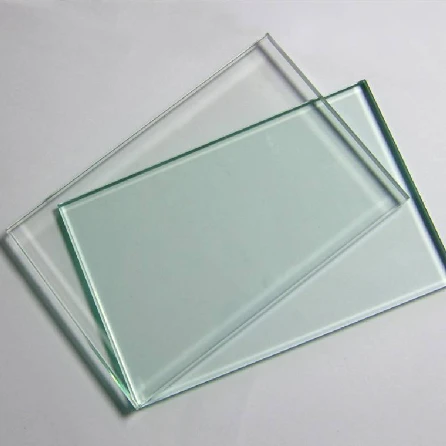

The Benefits of Low-E Glass in Double Glazing
In modern architecture and energy-efficient building design, the role of windows is pivotal. Among the various window technologies, low-emissivity (Low-E) glass in double glazing stands out as a significant innovation that enhances both comfort and energy efficiency in homes and commercial buildings. This article delves into what Low-E glass is, the benefits of using it in double glazing, and why it is becoming a popular choice for builders and homeowners alike.
What is Low-E Glass?
Low-E glass is treated with a special coating that reflects infrared radiation and reduces the amount of ultraviolet (UV) light that can pass through. This coating can either be applied on a single pane or incorporated into an insulating glass unit. The primary function of Low-E glass is to control heat transfer and improve energy performance, making it increasingly popular in double glazing applications.
How Does Double Glazing Work?
Double glazing consists of two panes of glass separated by a space filled with argon or another inert gas. This construction enhances insulation by minimizing the transfer of heat, thereby maintaining the interior temperature regardless of outside conditions. When combined with Low-E glass, this efficiency is further enhanced, resulting in significant reductions in energy costs and improved indoor comfort.
Advantages of Low-E Glass in Double Glazing
1. Energy Efficiency One of the most significant benefits of Low-E glass in double glazing is its ability to improve energy efficiency. The Low-E coating reflects heat back into the home during winter and keeps it out during summer, reducing reliance on heating and cooling systems. This results in lower energy bills and a smaller carbon footprint.

2. UV Protection Low-E glass blocks a considerable percentage of harmful UV rays. These rays can fade fabrics, paintings, and furnishings over time, leading to substantial replacement costs. By using Low-E glass, homeowners can protect their interiors while enjoying natural sunlight.
3. Comfort Enhancement With enhanced insulation, Low-E double-glazed windows help maintain a consistent indoor temperature. This leads to increased comfort, as hot or cold drafts are minimized, making indoor spaces more livable year-round.
4. Sound Insulation In addition to thermal benefits, double glazing, especially with Low-E glass, can significantly reduce noise pollution from outside. The space between the two glass panes acts as a barrier, absorbing sound and preventing it from penetrating through to the interior. This is particularly advantageous in urban areas or near busy streets.
5. Condensation Control Low-E glass can also help reduce condensation on the interior surfaces of windows. By maintaining a warmer surface temperature, the likelihood of condensation forming on the glass decreases, which helps to reduce moisture-related issues within a building.
6. Aesthetic Flexibility Low-E glass is available in various styles and tints, providing homeowners and builders with a range of aesthetic options. Whether you prefer a clear view or a more tinted finish, Low-E glass can complement any architectural style without sacrificing functionality.
Conclusion
The integration of Low-E glass in double glazing represents a crucial step toward achieving better energy efficiency in our built environments. Its advantages, ranging from energy conservation and UV protection to enhanced comfort and noise reduction, make it an excellent choice for any property. As we continue to prioritize sustainability and responsible energy use, Low-E glass in double glazing will undoubtedly play a significant role in shaping the future of window technology, contributing to more energy-efficient and comfortable living spaces. Investing in Low-E double-glazed windows is not just a wise choice for today but a step toward a more sustainable future.